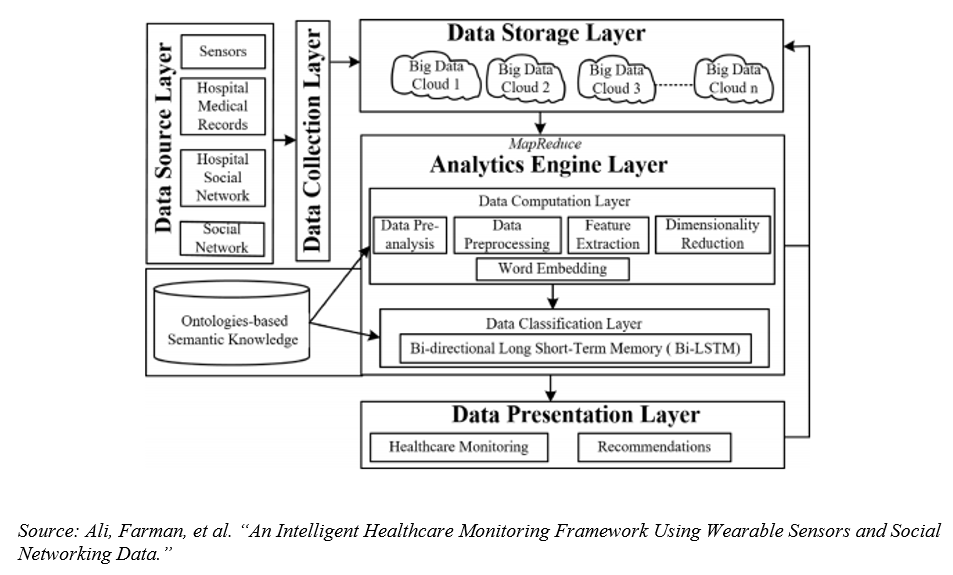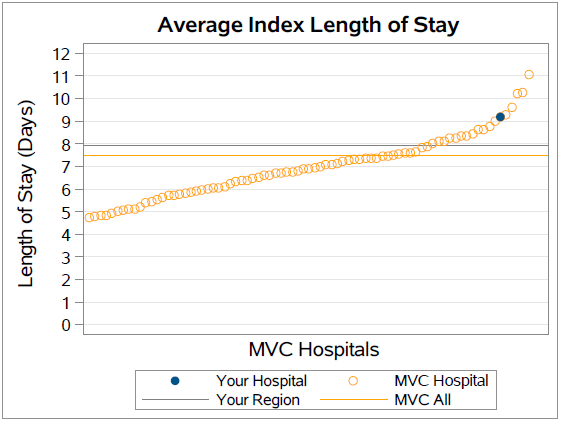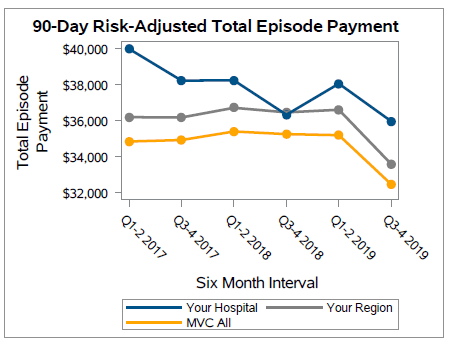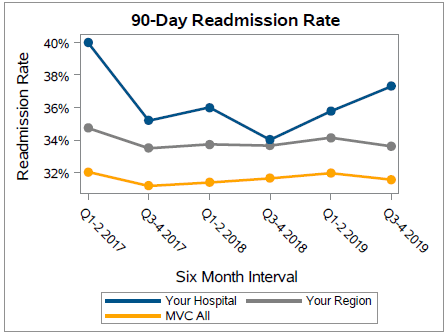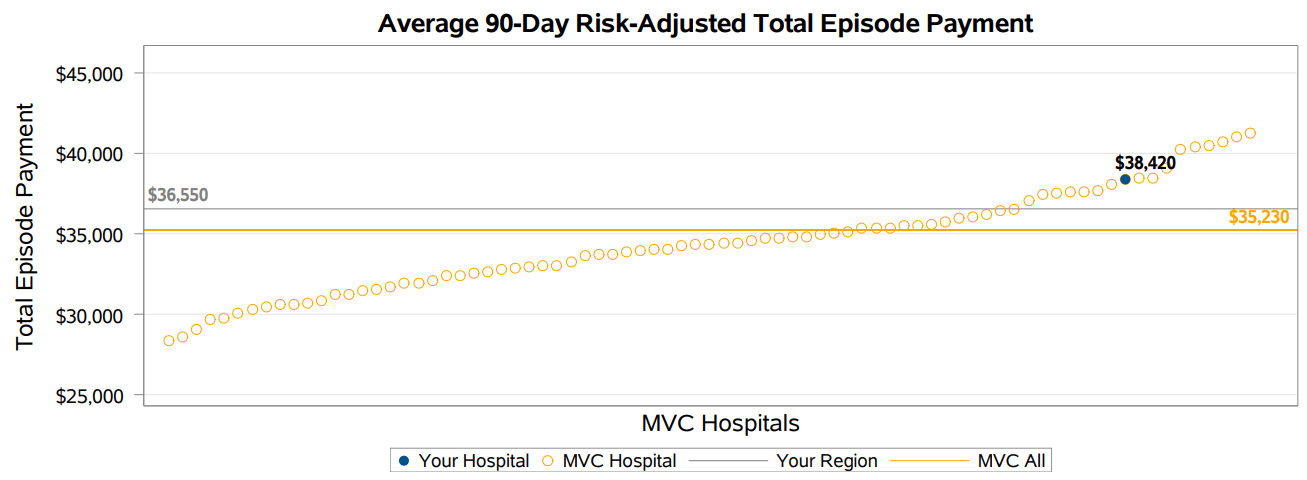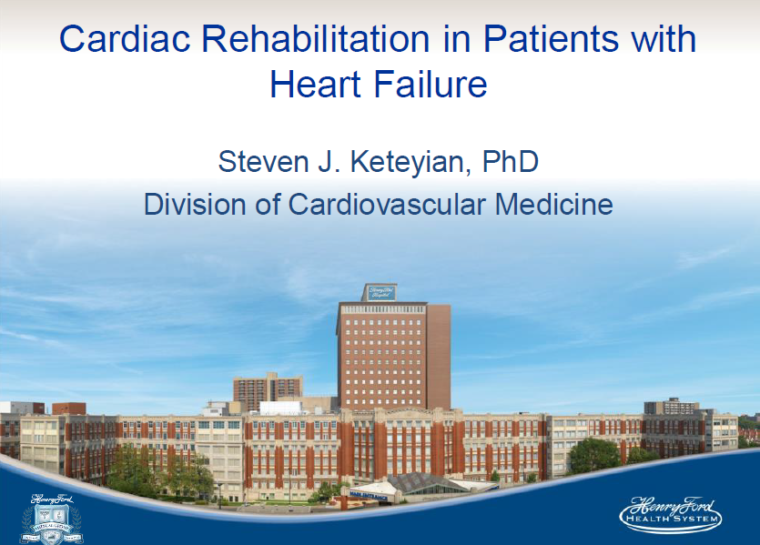The Michigan Value Collaborative (MVC) holds bi-monthly virtual workgroups on six different clinical areas of focus. The goals of these workgroups are to help bring collaborative members together to discuss current quality improvement initiatives and/or challenging areas of practice. These six different clinical areas include chronic disease management (CDM), chronic obstructive pulmonary disease (COPD), congestive heart failure (CHF), diabetes, joint, and sepsis. At the most recent MVC sepsis workgroup, the discussion centered around post-sepsis syndrome and how organizations are identifying and caring for patients that are diagnosed with this condition.
The group learnt that for several organizations, post-sepsis syndrome is not well understood, identified, or diagnosed which prompted some interesting discussion around this topic and the topic of sepsis itself. A number of studies have suggested that due to an aging population with an increased number of comorbidities, frequent use of immunosuppression therapy, expanded use of invasive procedures and medical devices, and multi-drug resistance, the incidence of sepsis has increased. However, the same studies share that in-hospital mortality has decreased. Credit for this decrease in mortality is associated with improved detection, establishing treatment earlier, improvements in critical care, and the implementation of evidence-based guidelines established by the Surviving Sepsis Campaign.
While survivors of sepsis have increased, identification of post-sepsis syndrome is garnering attention as many patients can suffer from a number of serious and long-lasting complications including delusions, debilitating muscle and joint pains, extreme exhaustion, poor concentration, reduced cognitive functioning, as well as mental health issues and concerns. Certain patients, such as the elderly, those with a preexisting condition, or those diagnosed with severe sepsis are more likely to develop post-sepsis syndrome.
Currently, the most effective method of treatment for post sepsis syndrome is to prevent an initial incidence of sepsis. Primary prevention includes hand washing, vaccination uptake, and managing any chronic conditions. Pharmacological strategies for the treatment of sepsis and the prevention of post-sepsis syndrome include:
• Antibiotic stewardship, to improve the use of antibiotics and using prolactin levels to decide when to stop antibiotic use.
• The use of H2-receptor agonists over proton pump inhibitors to prevent stress ulcers.
• Low dosage and short-term use of medications.
• Early mobility to prevent functional decline.
Non-pharmacological strategies for the prevention and treatment of sepsis to avert post-sepsis syndrome include:
• Sepsis treatment and the identification of post-sepsis syndrome education for frontline workers.
• Post-sepsis education for family and caregivers of sepsis survivors along with available resources.
• Vision/Hearing Aids to reduce the risk of delirium, as well as adaptive equipment.
• Referral for rehabilitation post sepsis survival.
MVC collaborative members from multiple facilities including Michigan Medicine, Henry Ford Wyandotte, Sparrow, and Spectrum Health discussed different ways in which they are working to identify sepsis as early as possible within their facilities. Many organizations have instituted a sepsis program, and some are looking to onboard a sepsis navigator. Dr. Jessie King, Program Director, shared information about the Post-Intensive Care Unit (ICU) research and treatment clinic (PULSE) now screening discharged ICU patients for post-sepsis syndrome, and the Michigan Medicine return on investment analysis which helped initiate a sepsis program. You can find the recording of the workgroup here.
The MVC Coordinating Center is interested in hearing how you are treating sepsis and the prevention and treatment of post-sepsis syndrome. We would like more hospitals to share the work they are doing around these important topics so if you would like to present at or attend an upcoming MVC workgroup, please email MVC at the michiganvaluecollaborative@gmail.com

